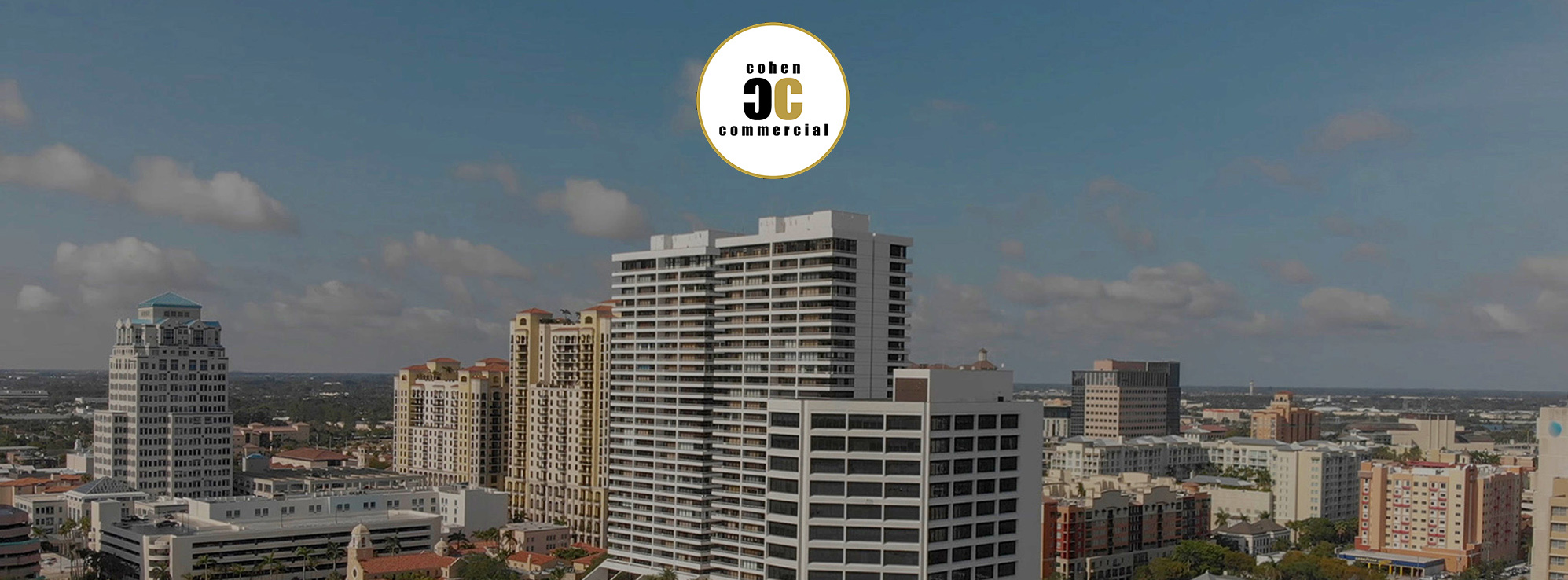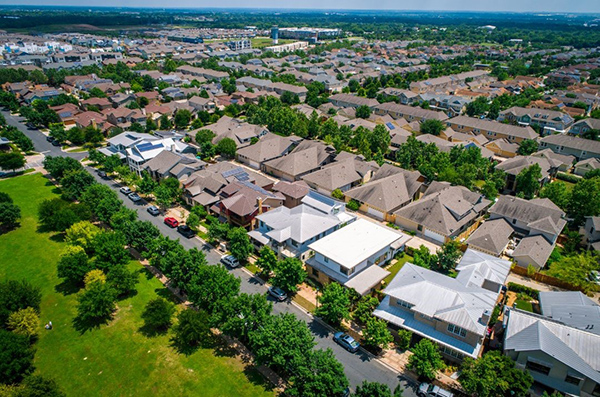With a rapidly expanding population, Florida’s commercial real estate (CRE) market is evolving into a vital component for home builders and investors alike. This growth is propelled by a combination of factors, including a robust economy, population surges, and the state’s strategic positioning as a gateway for international trade. To navigate this dynamic landscape effectively, it’s crucial to identify emerging growth areas and understand the driving forces behind their potential.
With the surge in online shopping catalyzing demand for warehouse and distribution centers, Florida’s extensive transportation network positions it as an ideal location for logistical hubs serving both the Southeastern U.S. and international markets. Key areas to watch include Miami, Jacksonville, and Lakeland, which are experiencing significant growth in logistics infrastructure.
Florida’s technology sector is experiencing rapid expansion, particularly in software development, aerospace, and health technology. The state’s business-friendly environment, coupled with favorable tax structures and investments in innovation districts, is attracting startups and established tech companies alike. The Miami metro area and Orlando stand out as significant centers for tech innovation, fueled by initiatives like the Miami Tech Hub and the region’s expertise in simulation and training technology.
Florida’s aging population and growing health-conscious demographic are driving demand for healthcare services and biomedical research facilities. Tampa and the surrounding Bay Area, along with Gainesville, are witnessing growth in healthcare and life sciences, supported by research institutions and a strong network of hospitals.
The influx of residents drawn to Florida’s climate, lifestyle, and tax advantages is fueling demand for residential real estate. South Florida and Central Florida are experiencing growth in luxury residential properties and mixed-use developments, catering to diverse populations seeking live-work-play environments.
Florida’s status as a top tourist destination ensures consistent investment in the hospitality sector, including hotels, resorts, and entertainment complexes. Orlando remains a hub for hospitality investment, with its theme parks and convention center, while the Gulf Coast cities like Sarasota and Naples attract developers targeting luxury and leisure travelers.
With growing interest in sustainable practices, Florida is witnessing a surge in renewable energy projects and green building initiatives. The Space Coast and the Tampa Bay area are emerging as focal points for renewable energy and sustainability efforts, leveraging their respective strengths in aerospace and green technology.
In conclusion, Florida’s CRE market presents a wealth of opportunities across various sectors, driven by demographic shifts, economic growth, and evolving consumer preferences. By staying attuned to these key growth areas and their driving forces, investors and home builders can position themselves to capitalize on the state’s dynamic real estate landscape.

